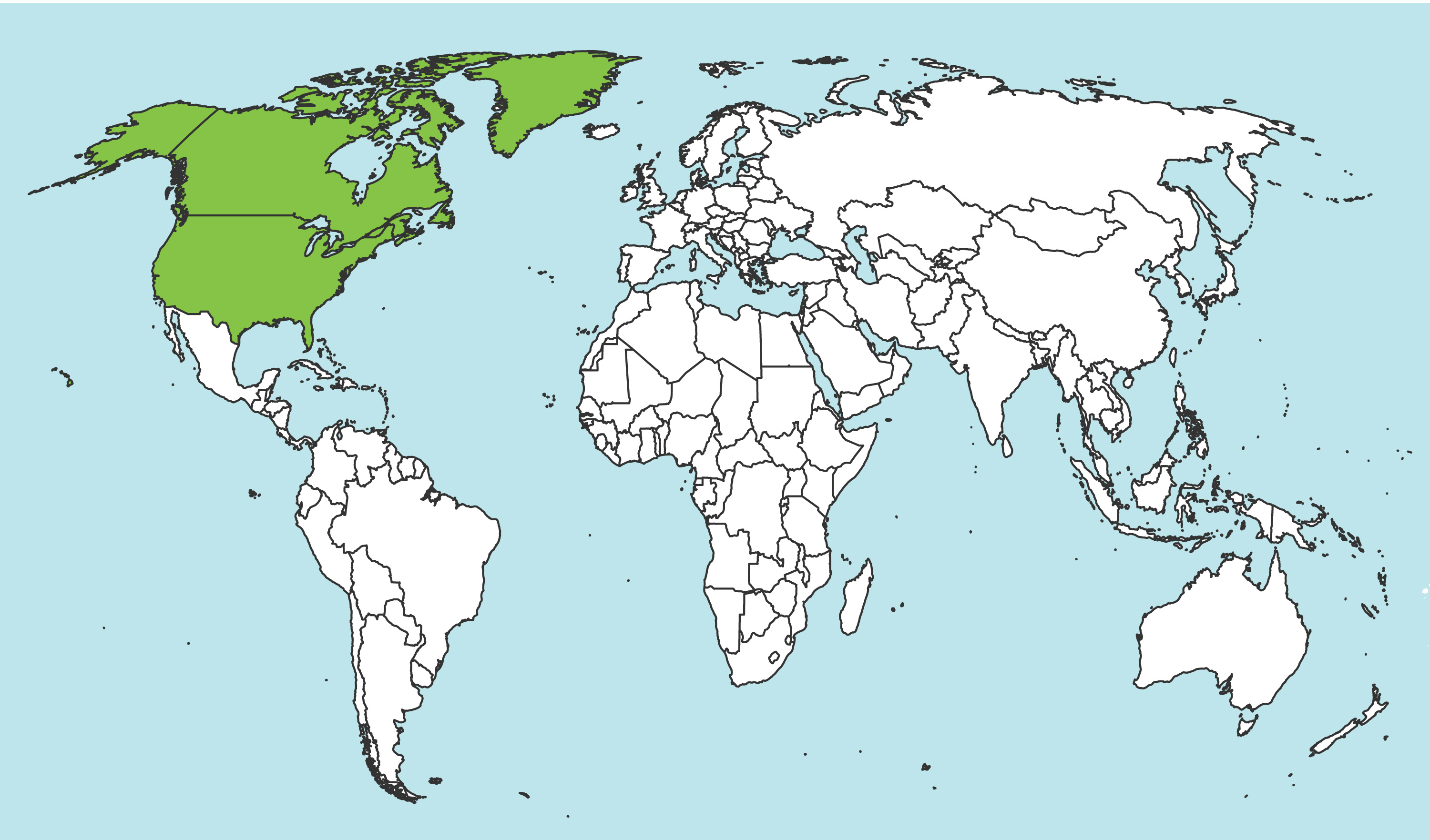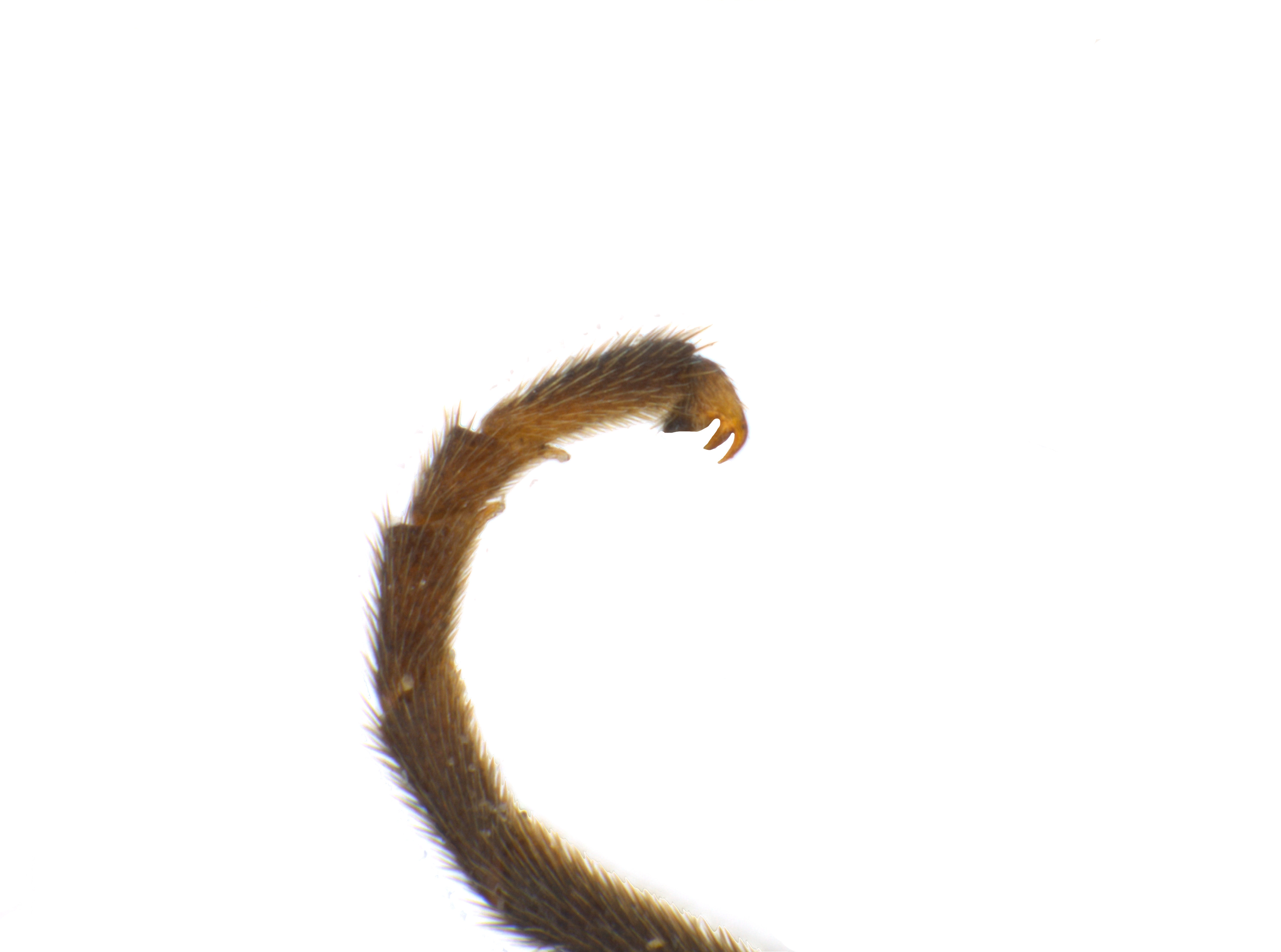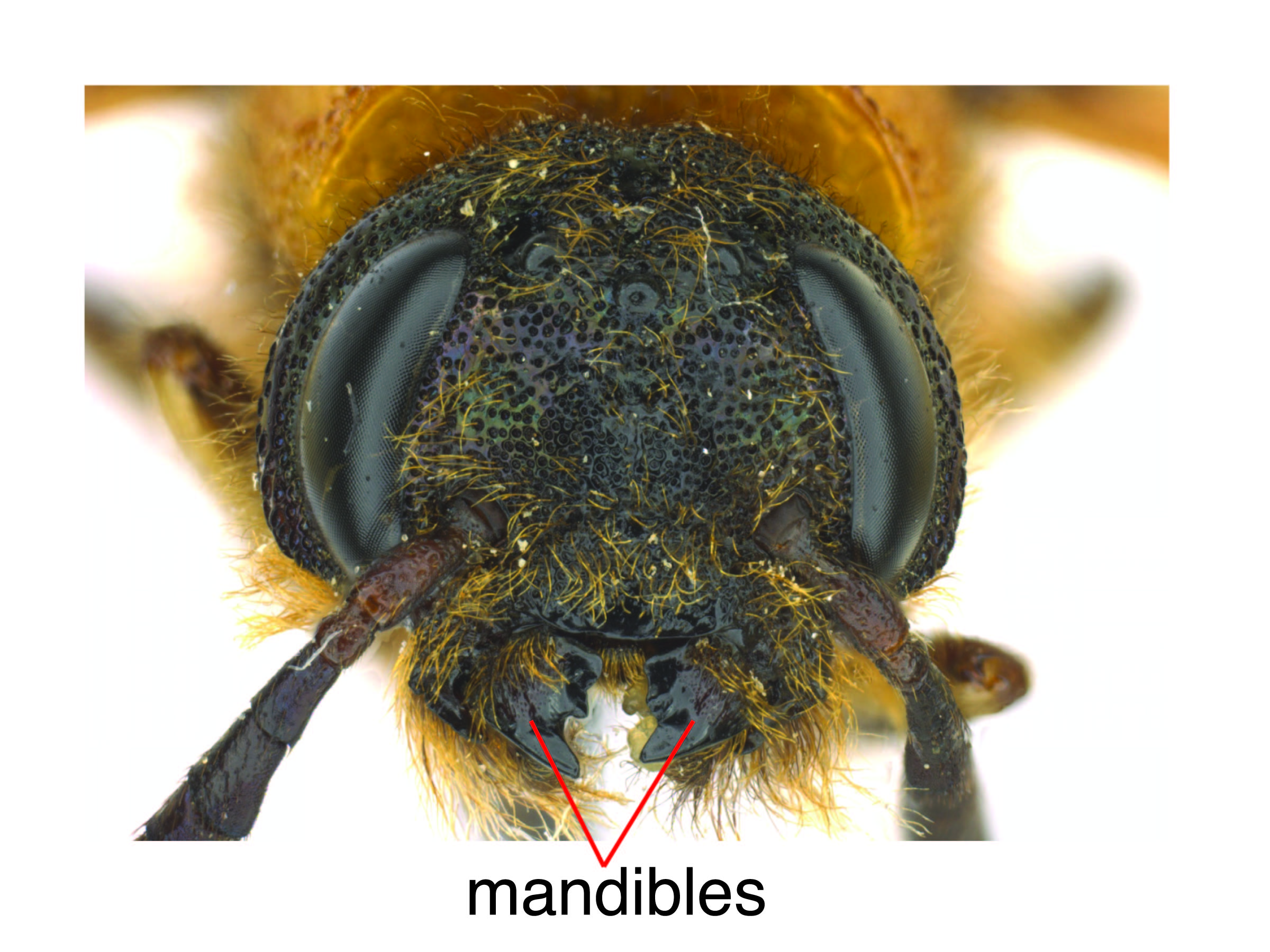Family: Tenthredinidae
Family common name: common sawflies
Subfamily: Allantinae
Tribe: Empriini
Genus: Allantunicus D.R. Smith, 1997
Subgenera: none
The Tenthredinidae are the most species-rich family and are found throughout the world, in all continents but Antarctica. They are known as the “common sawflies.” They can generally be recognized by a cylindrical body and long, segmented antennaeantenna:
the sensory organ emerging from the front of the head, usually between the compound eyes and above the clypeus; includes the flagellum, scape and pedicel
 . Otherwise, they come in a variety of colors, sizes, and forms (Goulet 1992Goulet 1992:
. Otherwise, they come in a variety of colors, sizes, and forms (Goulet 1992Goulet 1992:
Goulet H. 1992. The genera and subgenera of the sawflies of Canada and Alaska: Hymenoptera. Symphyta. The insects and arachnids of Canada. Part 20. Agriculture Canada Publication.).
Sawflies in the Allantinae subfamily are mostly black and shining, sometimes with other colors. They have agricultural importance as some species are pests on cultivated and ornamental plants (Smith 1979aSmith 1979a:
Smith DR. 1979a. Nearctic sawflies. IV. Allantinae: Adults and larvae (Hymenoptera: Tenthredinidae). Technical Bulletin, U.S. Department of Agriculture 1595: 1-172.). They can be distinguished from other subfamilies by wing venationvenation:
the network of veins on a wing
(Smith 2003aSmith 2003a:
Smith DR. 2003a. A Synopsis of the sawflies (Hymenoptera: Symphyta) of America south of the United States: Tenthredinidae (Allantinae). Journal of Hymenoptera Research 12 (1): 148-192.).
Allantunicus are medium-sized, about 8–9 mm in length. There is a single North American species, A. autumnalis, which is recognized by its orange body, black head, and darkened wings (Smith and Schiefer 1997Smith and Schiefer 1997:
Smith DR and Schiefer TL. 1997. A new genus and species of Allantinae (Hymenoptera: Tenthredinidae) from southeastern United States. Proceedings of the Entomological Society of Washington 99 (3): 472-476.).
There is one described extantextant:
in existence; opposite of extinct
species worldwide, and it is NearcticNearctic:
describing the region of the Northern Hemisphere that includes North America south through northern Mexico
 (Taeger et al. 2010Taeger et al. 2010:
(Taeger et al. 2010Taeger et al. 2010:
Taeger A, Blank SM, and Liston AD. 2010. World Catalog of Symphyta (Hymenoptera). Zootaxa 2580: 1-1064.).
Subfamily characters
 vein M and 1m-cu parallel (Smith 1979aSmith 1979a:
vein M and 1m-cu parallel (Smith 1979aSmith 1979a: vein 2A+3A complete, connected to 1A by crossveincrossvein:
vein 2A+3A complete, connected to 1A by crossveincrossvein:Genus characters
 (Smith and Schiefer 1997Smith and Schiefer 1997:
(Smith and Schiefer 1997Smith and Schiefer 1997: shallowly and widely emarginated (Smith and Schiefer 1997Smith and Schiefer 1997:
shallowly and widely emarginated (Smith and Schiefer 1997Smith and Schiefer 1997: and lower eye area (Smith and Schiefer 1997Smith and Schiefer 1997:
and lower eye area (Smith and Schiefer 1997Smith and Schiefer 1997: vein 2r present (Smith 1979aSmith 1979a:
vein 2r present (Smith 1979aSmith 1979a: vein M intersecting Sc+R at the intersection of Sc+R and Rs+M (Smith and Schiefer 1997Smith and Schiefer 1997:
vein M intersecting Sc+R at the intersection of Sc+R and Rs+M (Smith and Schiefer 1997Smith and Schiefer 1997: without basalbasal:
without basalbasal:Allantunicus can be confused with similar species in the subfamily Allantinae or tribe Allantini. It can be distinguished from most other genera by the short genal ridge, shallow clypealclypeus:
sclerotized area on the front of the head located between the antennal insertions and labrum
 emargination, lack of cellcell:
emargination, lack of cellcell:
1. a membranous area of the wing between veins, 2. a small cavity or closed space
 M in the hind winghind wing:
M in the hind winghind wing:
the posterior wing of each pair of wings
 , lack of punctures on the mesepisternummesepisternum:
, lack of punctures on the mesepisternummesepisternum:
the ventral portion of the mesopleuron, located between the forecoxae and mid coxae
 , and the tarsal clawtarsal claw:
, and the tarsal clawtarsal claw:
sharpened appendage emerging from the apex of the tarsus
 (Smith and Schiefer 1997Smith and Schiefer 1997:
(Smith and Schiefer 1997Smith and Schiefer 1997:
Smith DR and Schiefer TL. 1997. A new genus and species of Allantinae (Hymenoptera: Tenthredinidae) from southeastern United States. Proceedings of the Entomological Society of Washington 99 (3): 472-476.).
none
In North America, Allantunicus feeds on Polygonella gracilis (tall jointweed) (Smith and Schiefer 1997Smith and Schiefer 1997:
Smith DR and Schiefer TL. 1997. A new genus and species of Allantinae (Hymenoptera: Tenthredinidae) from southeastern United States. Proceedings of the Entomological Society of Washington 99 (3): 472-476.).
unknown
World: This genus is known from North America (Taeger et al. 2010Taeger et al. 2010:
Taeger A, Blank SM, and Liston AD. 2010. World Catalog of Symphyta (Hymenoptera). Zootaxa 2580: 1-1064.).
North America: Allantunicus occurs in coastal Alabama (Smith and Schiefer 1997Smith and Schiefer 1997:
Smith DR and Schiefer TL. 1997. A new genus and species of Allantinae (Hymenoptera: Tenthredinidae) from southeastern United States. Proceedings of the Entomological Society of Washington 99 (3): 472-476.).
Map data from: GBIF.org (29 October 2019) GBIF Occurrence Download Allantunicus and the Smithsonian National Museum of Natural History (USNM)
Details about data used for maps can be found here.